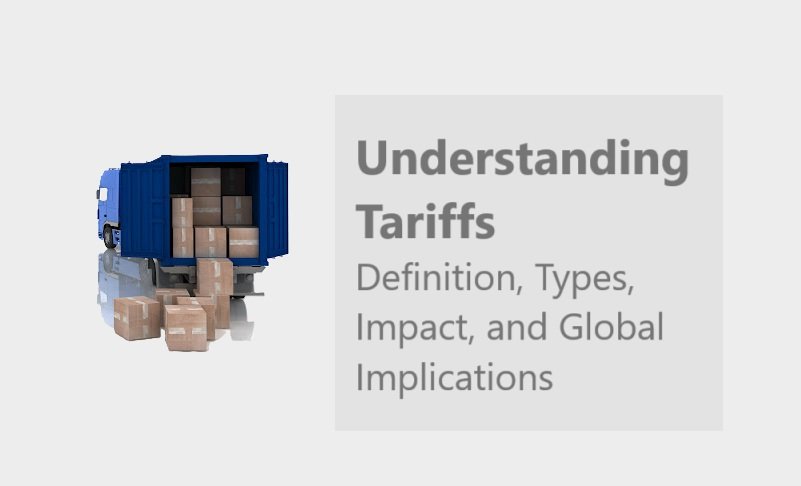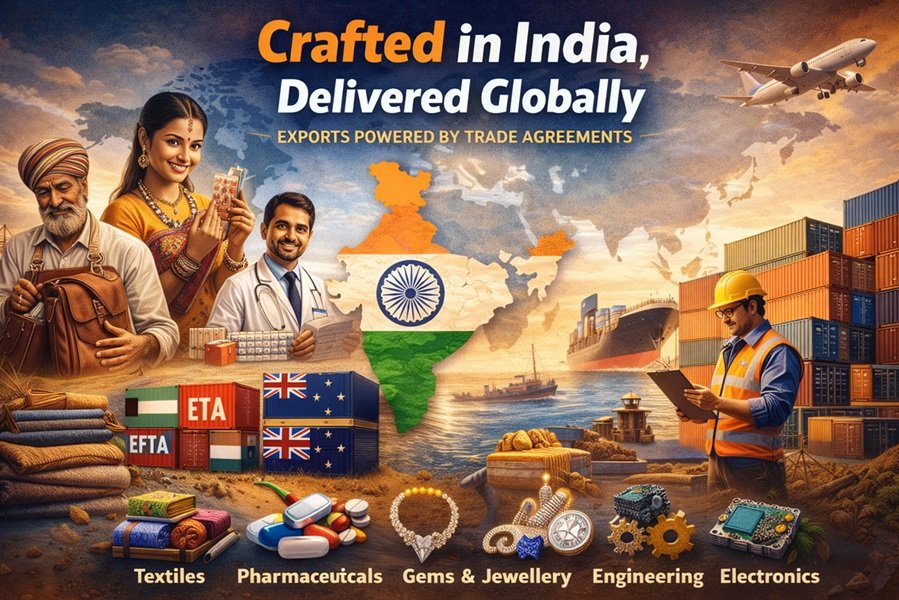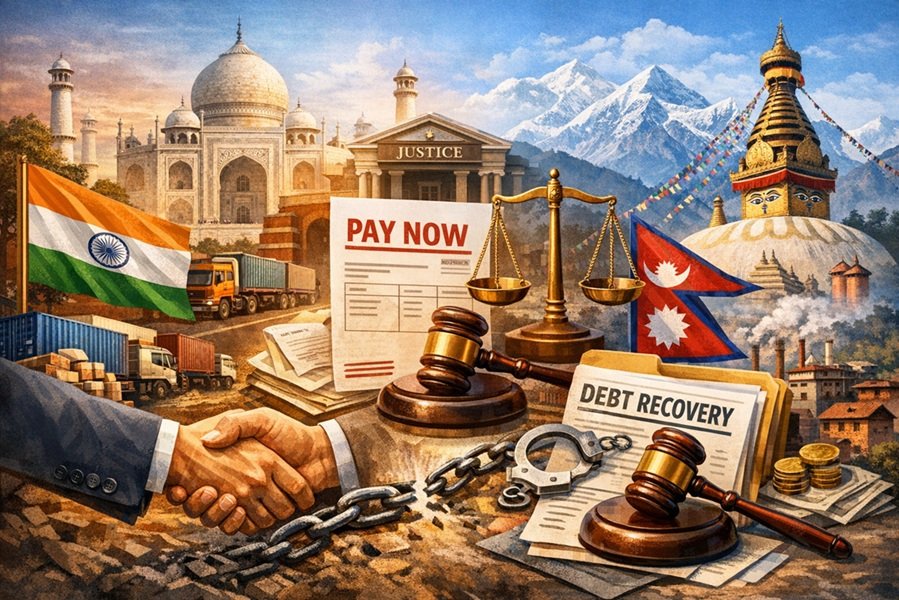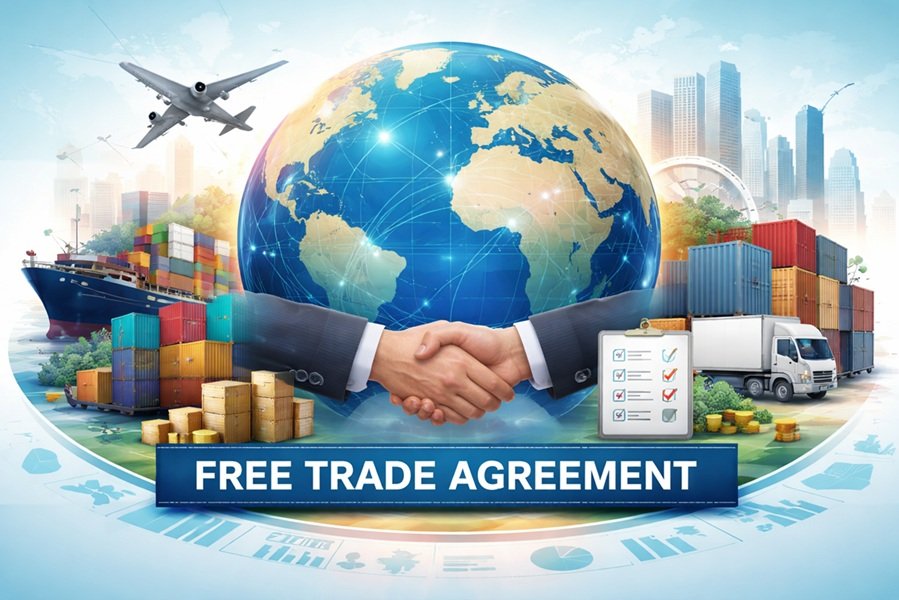
Introduction
Tariffs have long played a critical role in global trade, influencing economic policies, international relations, and market dynamics. A tariff is a tax or duty imposed by a government on imported or exported goods. Governments use tariffs to regulate trade, protect domestic industries, and generate revenue. However, tariffs also have broader implications, affecting consumers, businesses, and economies worldwide.
This article delves into the definition, types, purposes, economic impacts, and global implications of tariffs.
Definition and Purpose of Tariffs
A tariff is a financial charge levied on imported or exported goods. The primary purposes of tariffs include:
- Revenue Generation – Tariffs serve as a source of income for governments, particularly in developing nations where other forms of taxation may be inefficient.
- Protection of Domestic Industries – By imposing tariffs on imported goods, governments make foreign products more expensive, thereby encouraging consumers to buy locally produced goods.
- Trade Regulation and Policy Enforcement – Tariffs can be used to control the flow of goods, maintain trade balance, and regulate industries.
- Retaliatory Measures – Countries sometimes impose tariffs in response to perceived unfair trade practices or disputes with other nations.
Types of Tariffs
Tariffs can be categorized based on their purpose and method of imposition. The major types include:
1. Ad Valorem Tariff
This type of tariff is calculated as a percentage of the value of the imported good. For example, a 10% tariff on an imported car valued at $20,000 means a tariff of $2,000 is applied.
2. Specific Tariff
A specific tariff is a fixed amount charged per unit of imported goods, regardless of its value. For instance, a government may impose a tariff of $5 per kilogram of sugar imported.
3. Compound Tariff
This tariff combines elements of both ad valorem and specific tariffs. For example, a country may impose a tariff of $5 per kilogram of rice plus 10% of its value.
4. Protective Tariff
These tariffs are designed to shield domestic industries from foreign competition by making imported goods more expensive.
5. Revenue Tariff
Imposed primarily to generate government revenue rather than to protect domestic industries.
6. Retaliatory Tariff
Used as a response to trade restrictions or policies imposed by other countries. These are often part of trade wars.
7. Anti-Dumping Tariff
Governments impose these tariffs to prevent foreign producers from selling goods below cost in an attempt to eliminate competition.
Economic Impact of Tariffs
Tariffs can have both positive and negative economic effects, influencing consumers, producers, and governments.
1. Effects on Consumers
- Tariffs generally lead to higher prices for imported goods, which can reduce consumer purchasing power.
- Limited availability of certain foreign goods can reduce choices for consumers.
2. Effects on Domestic Industries
- Protection of local businesses from foreign competition may promote domestic production.
- However, reduced competition may lead to inefficiencies and lack of innovation in local industries.
3. Effects on Government Revenue
- Tariffs can be a significant source of government revenue.
- However, excessive tariffs may lead to trade disputes and retaliatory measures, potentially harming overall trade relationships.
4. Effects on International Trade
- Tariffs can lead to trade imbalances and reduced global trade volumes.
- Countries affected by tariffs may impose countermeasures, escalating trade tensions.
Tariffs and Trade Wars
Trade wars occur when countries impose tariffs and counter-tariffs against each other, leading to economic conflicts. Recent examples include the U.S.-China trade war, where both countries imposed billions of dollars in tariffs on each other’s goods. Trade wars can disrupt supply chains, increase prices, and slow down economic growth.
Global Organizations and Tariff Regulations
Several international organizations play a role in regulating and mediating tariff disputes:
- World Trade Organization (WTO) – Sets rules for global trade and resolves disputes related to tariffs.
- International Monetary Fund (IMF) – Monitors global economic policies, including tariffs, to ensure stability.
- Regional Trade Agreements (RTAs) – Groups like the European Union (EU) and North American Free Trade Agreement (NAFTA) regulate tariffs among member nations.
Tariffs in India
India has a complex tariff structure that is used to promote domestic industries while balancing international trade obligations. The country imposes both ad valorem and specific tariffs on various goods. The government frequently revises tariff rates based on economic conditions, trade agreements, and geopolitical factors.
Conclusion
Tariffs are powerful economic tools that influence trade policies, government revenues, and economic growth. While they can protect domestic industries and generate revenue, they also have the potential to increase prices for consumers and disrupt global trade. As international economies become increasingly interconnected, tariff policies must be carefully balanced to ensure sustainable economic growth and trade cooperation.
Understanding the impact of tariffs is crucial for businesses, policymakers, and consumers alike, as they play a key role in shaping economic landscapes and global trade dynamics.






